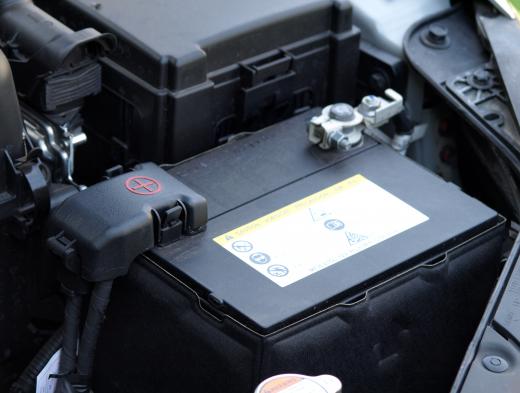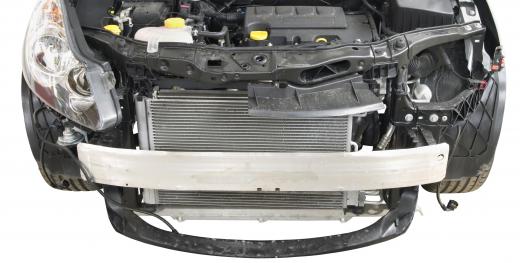Chassis ground is a term that applies to electrical circuits and refers to a ground connection on the casing of an appliance or the bodywork of an automobile. This connection serves an essential purpose in circuits that do not have a physical earth ground connection, including the provision of a zero potential voltage reference and a dissipation point for interference, transient voltages, and static. In this way, a good ground provides protection for the circuit and those working on it. It typically consists of a stud or lug on the metal casing or vehicle body to which the grounding or battery negative lead is attached.
Generally, a ground point is a physical connection to earth, either by means of a ground spike or via an electrical grid ground system. Grounding an electric circuit is important for a number of reasons: it allows for measurable zero potential or referential voltages to be established, and it also acts as a dissipation path for voltage surges caused by circuit malfunctions or lightning strikes. Transient voltages and static buildup will also be eliminated via the ground protecting the circuit components and anyone working on them.

Electronic equipment and appliances with metal cases typically feature a lug or stud built into the casing which serves as a chassis ground. In the case of electronic circuits, a lead is run from the ground track on the circuit board to this point. Appliances have a similar lead, which runs from the motor to the chassis. In the case of mains equipment, all ground points should ideally be connected to a grid ground point. This allows for the ground leakage protection system to cut out in the case of a short or electric shock.

The electrical systems in automobiles are typically negative earth circuits, which means that the negative battery terminal is connected to the body of the vehicle. The chassis ground point on a vehicle is typically a large, integral stud or bolt close to the battery, and connected directly to the negative battery terminal. The body of the vehicle, therefore, serves as the return path for the entire electrical system of the vehicle as well as a dissipation path for static, RF interference on sound systems, and short circuits. For this reason, care should be taken when connecting battery terminals in a vehicle not to short the positive terminal to the body with the wrench because serious burns or battery damage may result.
